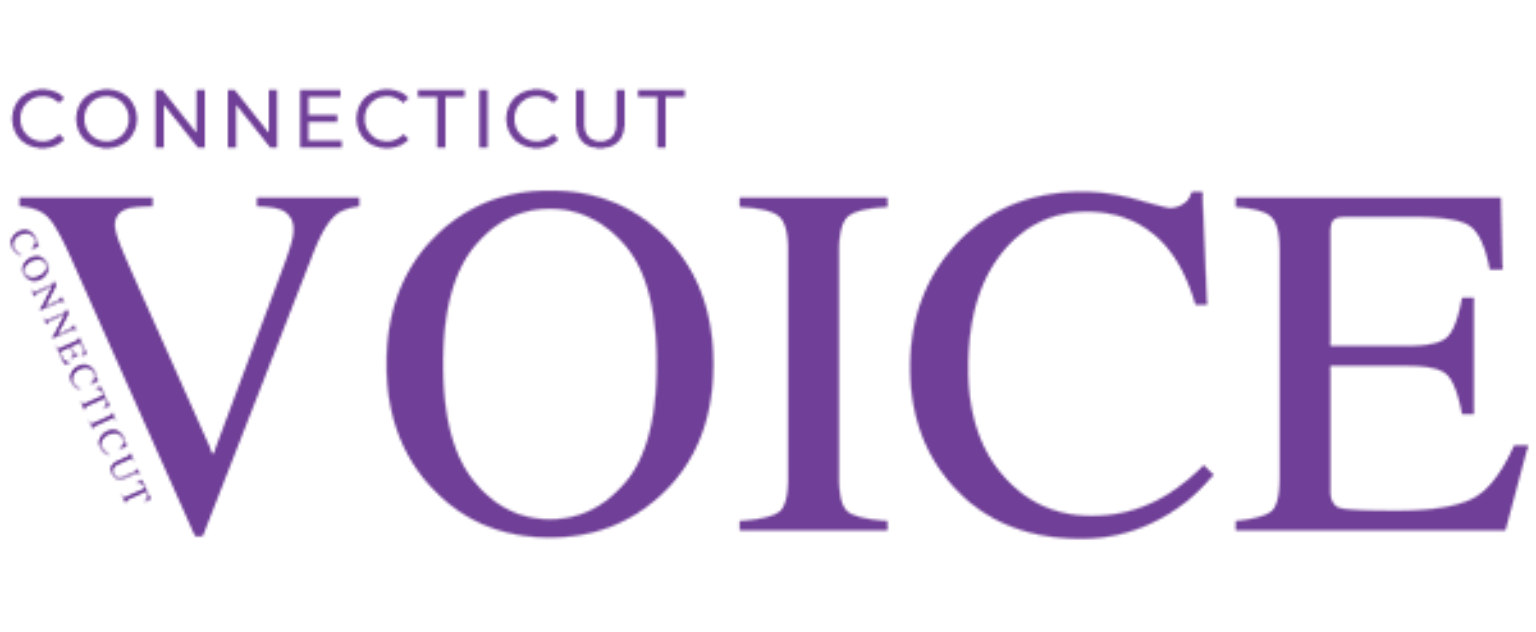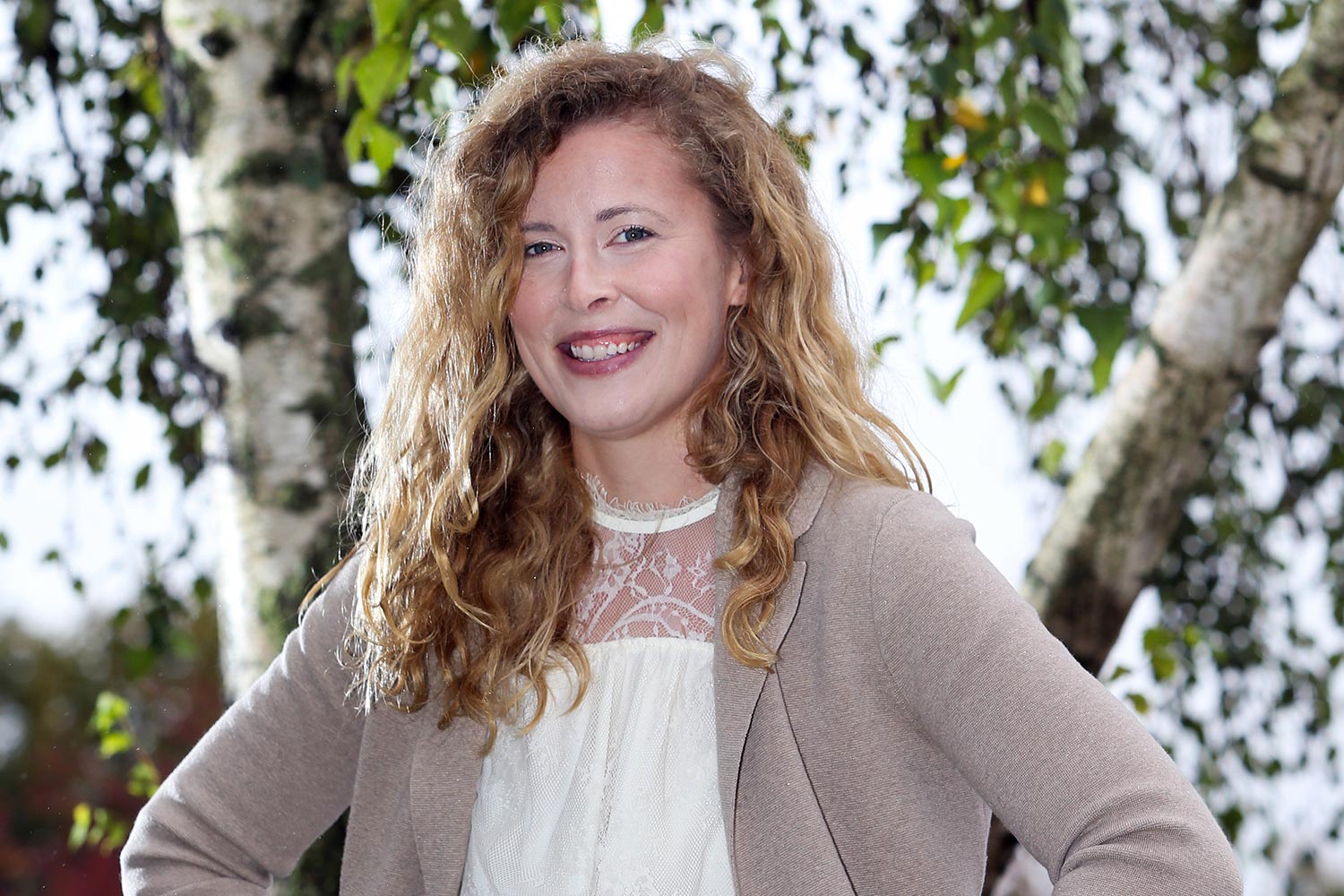“It gets better,” says the famous slogan, and there’s proof at Middlesex Health. Adolescents in its new gender program are receiving expert, compassionate and multi-pronged help in beginning their identity journey—and young enough so that their journey may be much smoother than for those who start later in life.
It’s getting better for parents, too, who benefit from full inclusion in their children’s care. “In pediatrics, the patient isn’t your only patient. The parents are too,” says Middlesex family nurse practitioner Britta Shute, APRN. She says part of her job is caring for parents whose children have just shared with them their monumental realization about their gender identity.
“Parents often initially respond with fear, but their reaction is usually coming out of love,” says Shute.
In August 2021, Middlesex expanded its Center for Gender Medicine and Wellness program to include those under 18. There are already more than 1,200 transgender and gender non-conforming adults in the program, which employs a comprehensive, multi-disciplinary approach. Depending on their needs, a patient’s medical team might include a primary care doctor, endocrinologist, voice therapist, mental health professional, physical therapist, surgeon, and more.
In expanding the program, Middlesex was responding to its determination of a pent-up need for the new adolescent program, as patients report that the few similar programs in Connecticut have lengthy waiting lists.
The self-awareness that many patients arrive with is a hopeful sign that society is making life easier for gender non-conforming kids. “A lot of the kids are coming in with a self-assured certainty of who they are,” says Shute. “I just saw a 13-year-old today who said, ‘When I was 8, I realized there’s a third box. I’m ‘other.’’”
“One of the phenomena I’ve seen over the past few years,” she adds, “is that many patients are fully transitioned at school already. They’ve socially transitioned already. This is a marked change; I used to be the first to be giving them resources.”
Shute sees still another sign of progress. She used to get involved frequently with discrimination and bullying issues at school, but that happens less often now.
 Shute says young patients are much more confident. “Their resiliency is amazing. Being transgender is such a small part of their identity as a whole. When I try to connect them with therapy, they say ‘It’s not important to me.’”
Shute says young patients are much more confident. “Their resiliency is amazing. Being transgender is such a small part of their identity as a whole. When I try to connect them with therapy, they say ‘It’s not important to me.’”
Shute recalls one girl who after being bullied in school, volunteered to take part in her school’s staff professional training. “It didn’t scathe her at all. She said to me, ‘I just want to help other kids.’”
Shute’s background is in primary care, and she began also providing hormone therapy many years ago when practicing in Boston. “I was very interested in HIV care, but more than half my patients identified as trans. So, I had to learn, very fast.” Being a primary care practitioner is a big asset, she says. “I have an understanding of treating the whole person.”
When children come to the program, she says, medical intervention is never the first step. The first step is to identify the child’s goals. For instance, she’s following her youngest patient, age 10, to “make sure we’re on top of things,” but even if medical intervention is eventually chosen, it wouldn’t happen until the onset of puberty.
Care is done in tandem with other disciplines, including mental health, primary care and speech therapy. “Voice coaching is a huge quality of life issue,” says Shute. “It is extremely important not to be outed by your voice.”
The majority of patients arrive hopeful for cross-gender hormone replacement therapy when they reach the age of 16, says Shute. Until then, puberty blockers provide the time to make their decisions about transitioning, while preventing the emotional distress that an unwanted puberty brings.
Depending on when they are started, blocking hormones can prevent, or halt, the progress of unwanted physical characteristics like voice deepening, facial hair growth and breast development.
Those who transition as adults experience two puberties: one they didn’t want, and eventually the one they do. It can be expensive, painful, difficult, or impossible to undo the sex characteristics wrought by that first puberty.
“The greatest thing about puberty blockers is that they are completely reversible,” says Shute. That’s reassuring to parents whose children have just hit them with the news of their gender realization.
Parents come with lots of questions. Others arrive misinformed by what they’ve read on the Internet. Either way, Shute educates them.
Because gender affirming care for minors legally requires parental consent, Shute acknowledges, “I’m fully aware I’m seeing a small part of families, ones with parental support.”
Aside from her medical role, Shute finds herself serving as translator between children and parents. “Kids tell me very eloquently what they want, but they can’t explain it to their parents.”
Part of her work is to acknowledge that parents, too, have dreams for their children, and “there’s sometimes some grief.” They may even grieve, perhaps unnecessarily, the loss of future grandchildren.
Before beginning cross-gender hormones, Shute always discusses fertility with teens. “It’s nothing they’ve considered,” she says. “Adolescents don’t usually do long-term family planning!” Trans teens are especially unlikely to contemplate their reproductive future.
Speaking of which: futures may be the main thing this program provides.
According to a 2018 American Academy of Pediatrics study, 51 percent of trans male adolescents attempted suicide, followed by 42 percent of those identifying as non-binary, 30 percent of trans females, and 28 percent of those questioning their gender.
That is in stark contrast to cisgender teens, whose attempted suicide rate was 18 percent for females and 10 percent for males.
Gender identity is such a powerful factor in suicide attempts that for trans or nonbinary teens, no other demographic characteristic was associated. Cisgender suicide attempts, however, are affected by factors like race, parents’ education level, and family income.
The suicide rate of trans kids is cut in half if the child has even one supportive adult in their lives, according to the same AAP study.
An AAP policy statement calls for “youth who identify as TGD [transgender or gender diverse] to have access to comprehensive, gender-affirming, and developmentally appropriate health care that is provided in a safe and inclusive clinical space.”
Shute sees first-hand what this care means not to just patients, but to parents, who tell her how relieved they are to find Middlesex after being treated incompetently, or even mistreated, elsewhere.
And for kids, she says, “The moment they understand a prescription is coming, there’s huge relief.”
More information on the adolescent program is available at Middlesex Health’s Center for Gender Medicine and Wellness.









More Stories
Young, Queer Love: How Different Is It?
A Leader in Care for LGBTQ+ Communities: Meet Kenneth Abriola, MD
Transforming Sexuality: Handling Sexual Changes for Trans Folks